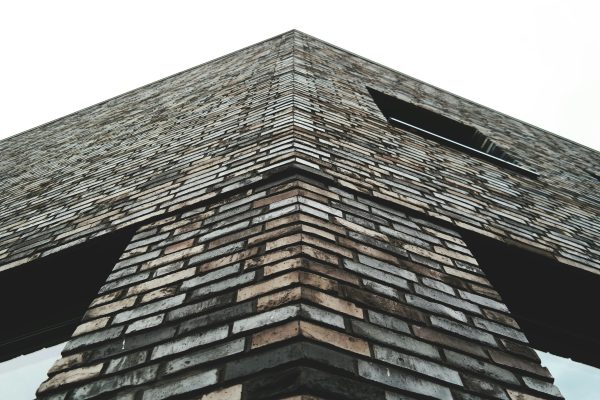When it comes to roof performance and home comfort, many homeowners focus on waterproofing and materials but overlook a critical factor: roof ventilation. Proper roof ventilation balances airflow, controls moisture, and regulates attic temperatures, which can significantly impact your home’s structural integrity, energy efficiency, and indoor air quality. But what exactly is roof ventilation, why is it so important, and how can you ensure your home has the right system?
Let’s explore everything you need to know about roof ventilation and why it should be an essential part of your roofing maintenance and upgrades.
What Is Roof Ventilation?
Roof ventilation is the process of allowing fresh air to enter the attic space and warm, moist air to exit, creating a balanced airflow through intake and exhaust vents. This airflow helps regulate temperature extremes, reduce moisture buildup, and protect the roof and attic structure.
There are two main types of roof ventilation:
- Intake Vents usually located at the soffits or eaves, where cool air is drawn into the attic.
- Exhaust Vents located near the roof ridge, gables, or other high points to release hot, moist air.
Together, these vents work to keep your attic dry and help maintain a comfortable indoor climate year-round.
Key Benefits of Proper Roof Ventilation
- Prevents Moisture and Mold Growth
Without adequate ventilation, moisture from everyday activities like cooking, showering, and even breathing can accumulate in the attic. This trapped moisture can lead to mold and mildew growth, wood rot, and deteriorating insulation, posing health risks and expensive repair bills. - Reduces Roof and Structural Damage
Excess heat and moisture cause asphalt shingles to deteriorate faster and roof decking to warp or rot. Proper ventilation extends the life of your roofing materials, ensuring you get the full value from your investment. - Improves Energy Efficiency and Comfort
In summer, hot attic air can increase cooling costs by making your HVAC system work harder. Ventilation helps exhaust this hot air, lowering attic temperatures by up to 50%, reducing energy bills and creating a more comfortable living environment. - Prevents Ice Dams in Winter
In colder climates, warm attic air can cause snow on the roof to melt and refreeze at the eaves, forming ice dams. These dams block proper drainage and can cause leaks. Adequate ventilation keeps attic temperatures consistent, minimizing ice dam formation. - Enhances Indoor Air Quality
By expelling stale, moist air and preventing mold growth, roof ventilation promotes healthier indoor air, reducing allergy and asthma triggers.
Common Roof Ventilation Problems—and How to Fix Them
Even homes with ventilation systems often face issues that compromise effectiveness. Identifying these problems early can save you from costly repairs down the line.
- Blocked or Insufficient Vents
Debris, insulation, or pest nests can block intake or exhaust vents, limiting airflow. Additionally, homes may lack enough vents for proper ventilation.
Solution: Have professionals inspect and clear vents regularly, and add additional venting if necessary for balanced airflow.
- Improper Vent Placement
Vents placed too low or too high can disrupt airflow, causing stagnant air pockets or poor circulation.
Solution: Work with roofing experts to ensure vents are strategically located — soffit intake vents combined with ridge or gable exhaust vents provide optimal performance.
- Closed or Sealed Soffit Vents
Sometimes soffit vents are sealed during renovations or repairs, unintentionally cutting off intake airflow.
Solution: Confirm soffit vents are clear and open, allowing fresh air to enter the attic.
- Inadequate Vapor Barrier
Without a proper vapor barrier on the attic floor, moisture can rise into the attic, overwhelming ventilation.
Solution: Install vapor barriers and improve attic insulation alongside ventilation upgrades for best moisture control.
How to Determine If Your Roof Ventilation Needs Improvement
Signs your home’s roof ventilation might need attention include:
- Noticeable mold, mildew, or musty odors in attic or home
- Excessive attic heat during summer
- Ice dams on roof edges during winter
- Peeling or curling shingles
- High energy bills without a clear cause
- Moisture or water stains on ceiling or walls
If you recognize any of these, a professional roof ventilation inspection is recommended.
Steps to Improve Roof Ventilation
- Assessment: Have a roofing specialist evaluate your current ventilation system and attic conditions.
- Cleaning: Remove blockages such as debris, insulation blocking vents, or nests.
- Upgrade Ventilation: Add intake and exhaust vents if necessary to balance airflow. Common vent types include ridge
vents, soffit vents, gable vents, and turbine vents. - Seal and Insulate: Ensure vapor barriers and attic insulation are properly installed and sealed.
- Routine Maintenance: Schedule regular inspections to maintain ventilation and roof health.
Proper roof ventilation is a vital but often overlooked element in protecting your home from moisture problems, extending roof life, improving energy efficiency, and enhancing indoor comfort. Whether you live in a hot climate where heat buildup is a concern or a cold region where moisture and ice dams threaten your roof, investing in an effective ventilation system is a smart, cost-effective choice.




